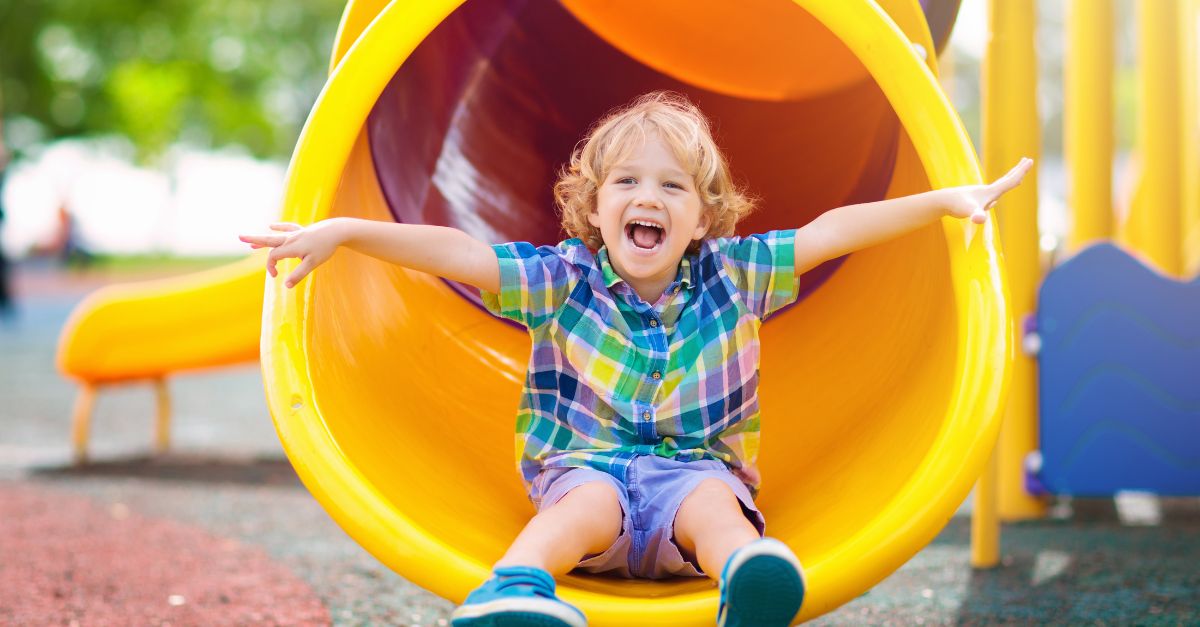How to cultivate honest relationships and a safe space at your center
In a recent webinar on providing quality childcare, we were joined by Judy Jablon and Nichole Parks from Leading for Children, and Marneshia Cathey from West Point Christian Preschool! Judy and Nichole offered LFC’s 11 Simple Rules as an equitable, inclusive framework for creating thriving communities for children. Marneshia shared real-life examples of how she implemented the 11 Simple Rules in providing quality childcare at her center. We know that children thrive in communities where adults model what it means to thrive, and each adult plays a critical role in making this a reality.
Watch our webinar on providing quality childcare: 11 rules to live by for childcare centers here!
As educators, there is often so much we have to learn about children’s backgrounds. That’s why we have to ensure that we’re intentional with how we create our relationships and interactions, emotional and physical environments, and learning experiences. How we choose to show up with and for each other makes a huge difference in a child’s day and the healthy climate we create in programs.
Relationships and interactions in childcare
It is important to strive for open, honest, trusting, and two-way relationships whenever you’re interacting with another person, whether they’re a director, educator, parent, or child. In the webinar, we took some time to focus on the qualities of two-way relationships.
What does it mean to have a two-way relationship?
- It’s mutual and reciprocal
- We give equal space and value to the thoughts and ideas of all involved, whether the relationship is adult-and-child, adult-and-adult, or child-and-child!
Why do two-way relationships matter?
- Everyone feels seen and heard
- Everyone approaches each other with respect
- You feel welcomed into the conversation
- You are more confident in expressing yourself
- You become curious about hearing another’s perspective
- You find common ground with another person
With a few intentional steps, you can contribute to thriving communities by practicing two-way relationships. In your interactions with children and other adults, ask questions from a place of curiosity, listen to learn, maintain eye contact, and keep your body language open and welcoming.
How you can elicit wisdom from your colleagues?
Two-way interactions are infectious! Once people experience them, they are more likely to engage with mutuality and reciprocity. We invite you to spark conversations with your colleagues about what it means to have two-way relationships. Here are a few ideas to get you started:
- Share a photo of an interaction such as the one below. Invite curiosity: what do they see that exemplifies a two-way relationship?
- Share examples of two-way interactions they’ve seen between children or between children and adults. Invite curiosity: what made these interactions meaningful?
- Inspire families to notice when they’re having two-way relationships with children at home
The emotional and physical learning environment
Just as our relationships and interactions can communicate a message of safety and belonging, so can our emotional and physical environments. To make sure that everyone feels welcomed into a space, it’s important to create environments that are: calm, safe, organized, and respectful.
In the webinar, we considered what it means to create a respectful emotional and physical environment.
- It’s inclusive and everyone belongs
- Children and adults feel that they matter
- Children and adults can interact in the space as their whole selves
- Diverse perspectives are equally valuable
- Children and adults can learn and ask questions without fear of judgment
- Everyone in a group feels empowered to share
- All objects have a purpose, and no one feels overstimulated
Why does a respectful learning environment matter?
- Each person is welcomed, represented, and supported
- The mood of the space allows everyone to be successful
- Everyone feels seen, heard, and welcomed into the space
When the emotional and physical environment is respectful, whether it is at home, at work, or in a childcare setting, the space conveys the message, “you belong here.” We encourage you to look for signs of respectful emotional and physical environments throughout your day and share what you observe with others. Together, we can create thriving communities built around cultures of respect.
Watch our webinar on providing quality childcare: 11 rules to live by for childcare centers here!
Copyright 2022 LFC
Judy Jablon is the Executive Director of Leading for Children. She ignites innovation and provides strategic direction to execute Leading for Children’s mission to realize shared power and a commitment to equity. Before beginning Leading for Children, she enjoyed more than 35 years in early learning as an educational consultant, facilitator, and author. She is driven to provide the best possible early learning experiences for children, while simultaneously creating environments where educators thrive.
More by Judy
Judy Jablon
July 27th, 2022
3 mins
Related Articles

Preparing your Childcare Summer Camp Program
April 16th, 2025 | Maddie Hutchison
